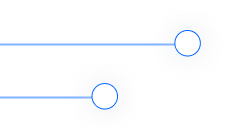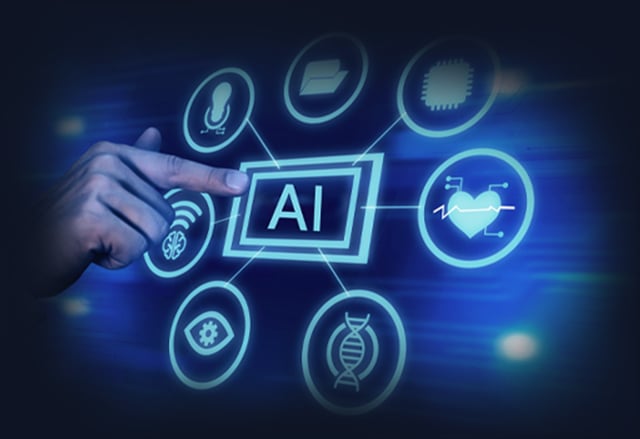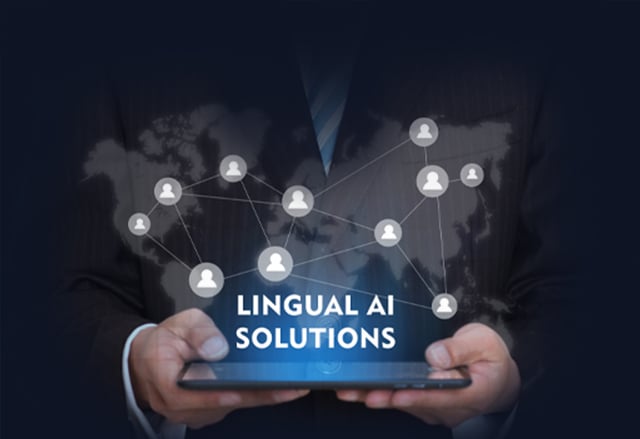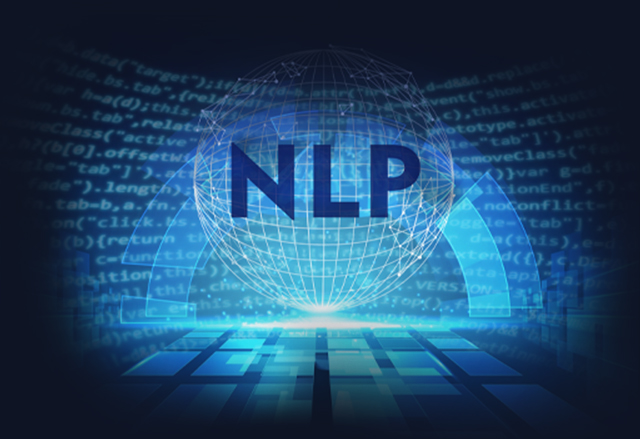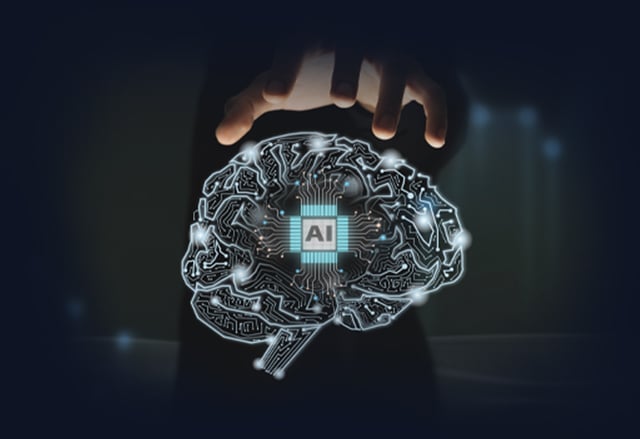Intent Classification and Entity Extraction for Customized User Experiences

Creating personalized customer experiences is crucial if you want to compete in today’s business environment. To achieve said personalized experience, understanding and anticipating customer needs is key. This is where intent classification and entity extraction come into play, offering innovative solutions for businesses to understand and cater to their customers effectively.
Together, intent classification and entity extraction allow for more accurate predictions of customer desires, fostering a tailored approach in every interaction. This results in customers feeling more understood and valued.
In this article, we explore how these tools redefine the connection between businesses and their clients, offering a glimpse into a more responsive and customer-centric business model.
Understanding Intent Classification
Intent classification is a vital technology that enables computers to comprehend the underlying purposes of user queries or statements. Its primary role is to deduce the user's intent or goal. This goes beyond just interpreting the words used; it involves understanding the meaning and objective beneath the language.
For example, when a user asks, "What's the weather like tomorrow?" intent classification discerns that the user is seeking weather information. Similarly, if a user says, "Book a table for two at 7 PM," the system identifies the intent to reserve a table at a restaurant.
In essence, intent classification allows computers to grasp the "why" behind user inputs, enhancing their ability to respond effectively and provide pertinent assistance. This technology makes interactions between humans and machines more efficient and useful.
Application of Intent Classification in Business
- Customer Support Chatbots: In situations where a customer is searching for a specific item, such as "men's shoes in size 10," intent classification within chatbots quickly pinpoints the customer's exact need. By guiding them to the appropriate product or providing relevant suggestions, businesses can significantly reduce search times and improve user satisfaction, leading to increased customer retention and sales opportunities.
- Voice Assistants: When using voice assistants for queries like, "What movies are playing nearby?" intent classification understands the request for local movie showtimes, and it promptly retrieves and displays this information to assist in entertainment planning. This immediate and accurate response enhances user experience, reflecting the business’s commitment to efficient and customer-focused service, thereby strengthening brand loyalty.
- Online Shopping: On e-commerce platforms, a query such as, "I need a laptop with good battery life under $1000," prompts intent classification to recognize the desire to purchase a laptop within a specified budget and with specific features. It filters and presents the most relevant options, simplifying the shopping process. By presenting the most relevant products, businesses can facilitate a quicker decision-making process for the customer, potentially increasing conversion rates and enhancing the overall shopping experience.
- Hotel Booking: In hotel booking scenarios, when a user types, "I want a pet-friendly hotel in downtown Cairo," intent classification discerns the need for pet-friendly accommodation in a particular location. It then showcases or highlights the hotels that meet these criteria in Cairo. This efficiency not only elevates the customer experience but also leads to higher satisfaction and repeat bookings.
Understanding Entity extraction
Entity extraction is a crucial technology in data processing and analysis, designed to identify and extract key information elements from text or speech. This includes names, dates, locations, prices, and other specific details integral to business operations.
The value of entity extraction is in its precision to capture vital data points within communications, streamlining data processing and enhancing information accuracy. This technology plays a pivotal role in various business scenarios.
Applications of Entity Extraction in Business
- Information Retrieval in Search Engines: Entity extraction significantly improves search engine functionality. For example, when a user searches for "best Italian restaurants in Alexandria," this technology identifies key terms like "Italian restaurants" and "Alexandria," allowing search engines to deliver more relevant and localized results, thus enhancing user experience and search efficiency.
- Efficient Email Filtering and Sorting: In email management, entity extraction is instrumental in categorizing emails by detecting specific details such as dates for appointments or names. This capability ensures better organization of emails, leading to improved productivity and streamlined communication management.
- Social Media Monitoring for Market Insights: For businesses, entity extraction is invaluable in analyzing social media content. It allows companies to track product mentions or gauge public sentiment, providing critical insights into consumer behavior and brand perception. This information is crucial for marketing strategies, public relations, and understanding customer needs and trends.
- Medical Record Analysis in Healthcare: In the healthcare sector, entity extraction aids in the rapid analysis of medical records, identifying critical information such as patient names, conditions, medications, and procedure dates. This facilitates quicker access to patient data, supporting more informed and timely healthcare decisions, and enhancing the overall quality of patient care.
- Streamlining Financial Services: Financial institutions leverage entity extraction to efficiently process documents like contracts, invoices, or financial reports. By extracting key data such as monetary figures, dates, and account numbers, it accelerates data analysis and enhances accurate financial decision-making processes.
The Impact on User Experience
Here's a breakdown of the impact of intent classification and entity extraction on user experience and business efficiency:
Personalization and Tailored User Experiences
Intent classification is the key player behind personalized user experiences. It empowers businesses to understand exactly what users want, even if their words or queries aren't crystal clear. Deciphering the intentions behind user requests enables systems to provide precise and relevant responses. This enhances user interactions by ensuring that users receive accurate information or services aligned with their needs without the hassle of sorting through irrelevant results.
By recognizing names, dates, locations, and other key information, entity extraction ensures that the recommendations, services, or information provided to users are tailored to their expressed preferences. This customization leads to more relevant suggestions and streamlined interactions, making users feel understood and valued.
Increased Efficiency and Customer Satisfaction
Intent classification and entity extraction are about more than customer satisfaction; they also boost business efficiency significantly. By accurately interpreting user intents and extracting vital details, these tools streamline internal processes. They enable automation, improve data organization, and empower fast and accurate decision-making.
For instance, in customer service, these tools help in routing inquiries to the right department swiftly, reducing response times and improving overall operational efficiency.
When users consistently receive accurate, relevant, and timely information or services, they're more likely to be satisfied and, consequently, more loyal to the brand or company. The personalized touch builds trust and a sense of connection, fostering long-term relationships between businesses and users.
Benefits for Businesses
Enhancing Customer Support through Precision:
- Streamlining customer queries to the right departments promptly.
- Providing accurate and relevant solutions to customer issues.
- Reducing response times and improving overall service quality.
Facilitating Better Communication Channels:
- Enabling clearer and more effective communication between users and systems.
- Offering personalized and tailored responses to user inquiries.
- Enhancing user experience by understanding intents accurately.
Harnessing Extracted Insights for Business Growth:
- Extracting valuable data insights from user interactions.
- Understanding user preferences and behavior for targeted marketing.
- Identifying trends and patterns to refine products or services.
Leveraging Data for Strategic Decision-Making:
- Utilizing extracted data to make informed business decisions.
- Improving operational efficiency based on data-driven insights.
- Tailoring business strategies according to user preferences and needs.
The adoption of intent classification and entity extraction is pivotal for businesses aiming to excel in customer satisfaction and operational excellence. By leveraging these capabilities, businesses can forge stronger connections with users, optimize their operations, and stay ahead in delivering personalized experiences that leave a lasting impression.
Frequently Asked Questions (FAQs)
Can intent classification and entity extraction handle multilingual interactions?
Yes, these systems can handle multiple languages, using adaptable approaches to understand intents and extract entities, ensuring versatility for a global user base.
Can intent classification and entity extraction be integrated into existing business systems easily?
Yes, these tools are often provided as APIs or software packages, offering user-friendly integration options for businesses of different sizes
How do intent classification and entity extraction adapt to evolving user behavior and language trends?
They use machine learning to analyze user interactions, trends, and language changes, constantly improving their understanding and adapting to evolving behaviors.
